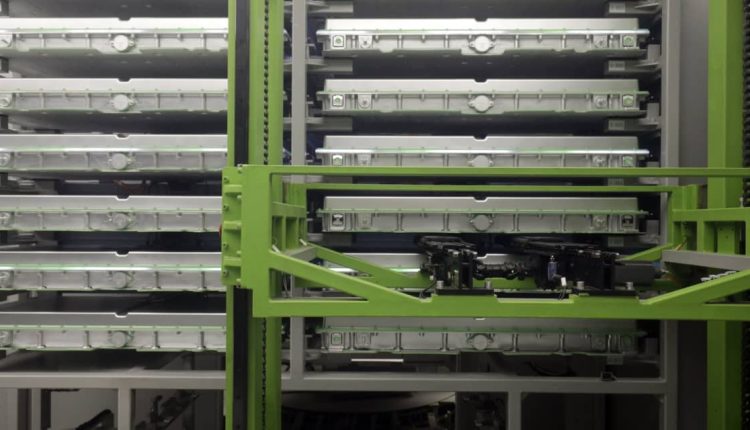Ford Motor’s
decision to pause construction of a battery facility in Michigan illustrates the difficult, complicated situation traditional auto makers find themselves in these days.
Monday, Ford (ticker: F) said it was halting construction, for the time being, on a battery plant going up in Marshall, Mich., a city about 100 miles west of Detroit.
The plant, announced in February, is licensing low-cost lithium-iron-phosphate, or LFP, battery technology from the world’s largest battery maker, China’s
Contemporary Amperex TechnologyCo.
Ltd. (300750. China), which is better known as CATL. If it goes ahead, the plant will create 2,500 jobs and help Ford lead the U.S. into an all-electric future.
Cost leadership, new tech, and more jobs all sound good, so what’s the problem? Ford cited “a number of considerations” in an emailed statement without getting specific.
It’s deliberately vague, but a couple of considerations are very likely. Labor is a big one.
The plant’s cost of labor looks like a growing concern as the United Auto Workers strike for higher wages drags on. “The UAW wants the battery factories or [battery] joint ventures to be part of the master contract,” says Deutsche Bank analyst Emmanuel Rosner.
A master contract, or master agreement, covers all unionized workers in a company and determines things such as job classification and pay rates. Essentially, Rosner is saying the UAW wants battery plants to be unionized and the employees paid like assembly-line workers.
The industry isn’t going in that direction. The
General Motors
(GM)/
LG Energy Solution
(373220. Korea) joint-venture battery plant up and running in Warren, Ohio, operates as a supplier to GM, and it isn’t unionized.
GM told Barorn’s in an emailed statement it “respects workers’ right to unionize and the efforts of the UAW to organize battery-cell manufacturing workers at our [joint venture] sites.” What contract those workers are employed under is a separate issue, however.
Rosner believes the difference between a master agreement-type relationship or a supplier-type situation could amount to $15 dollars an hour or more for battery employees. It’s significant for the employees and for the companies.
The government is another issue for Ford. EV subsidies passed as part of the Inflation Reduction Act will eventually be restricted if batteries, battery materials, or components come from a “foreign entity of concern,” or FEOC. China is an FEOC, which could put CATL on a list of restricted companies.
Ford batteries made in Michigan would mean buyers of F-150 Lighting trucks lose $7,500 of purchase tax credits.
“We await…more clarity on the FEOC list that is expected to be clarified later this year”, wrote Citi analyst Jack Shang in a Tuesday report, after Ford’s pause. He is optimistic things will work out, though, adding “We do not expect CATL to be included on the FEOC list” after talking with the Chinese battery maker.
Optimism alone isn’t a reason to plow ahead and spend $3.5 billion. Waiting is the prudent thing to do for Ford.
Ford stock is down 0.3% in premarket trading while
S&P 500
and
Dow Jones Industrial Average
futures are down 0.2% and 0.1%, respectively. Since the start of July, when labor issues came to the fore, Ford stock is down about 17%, while the S&P 500 has only slipped about 2%.
Write to Al Root at [email protected]
Read the full article here

